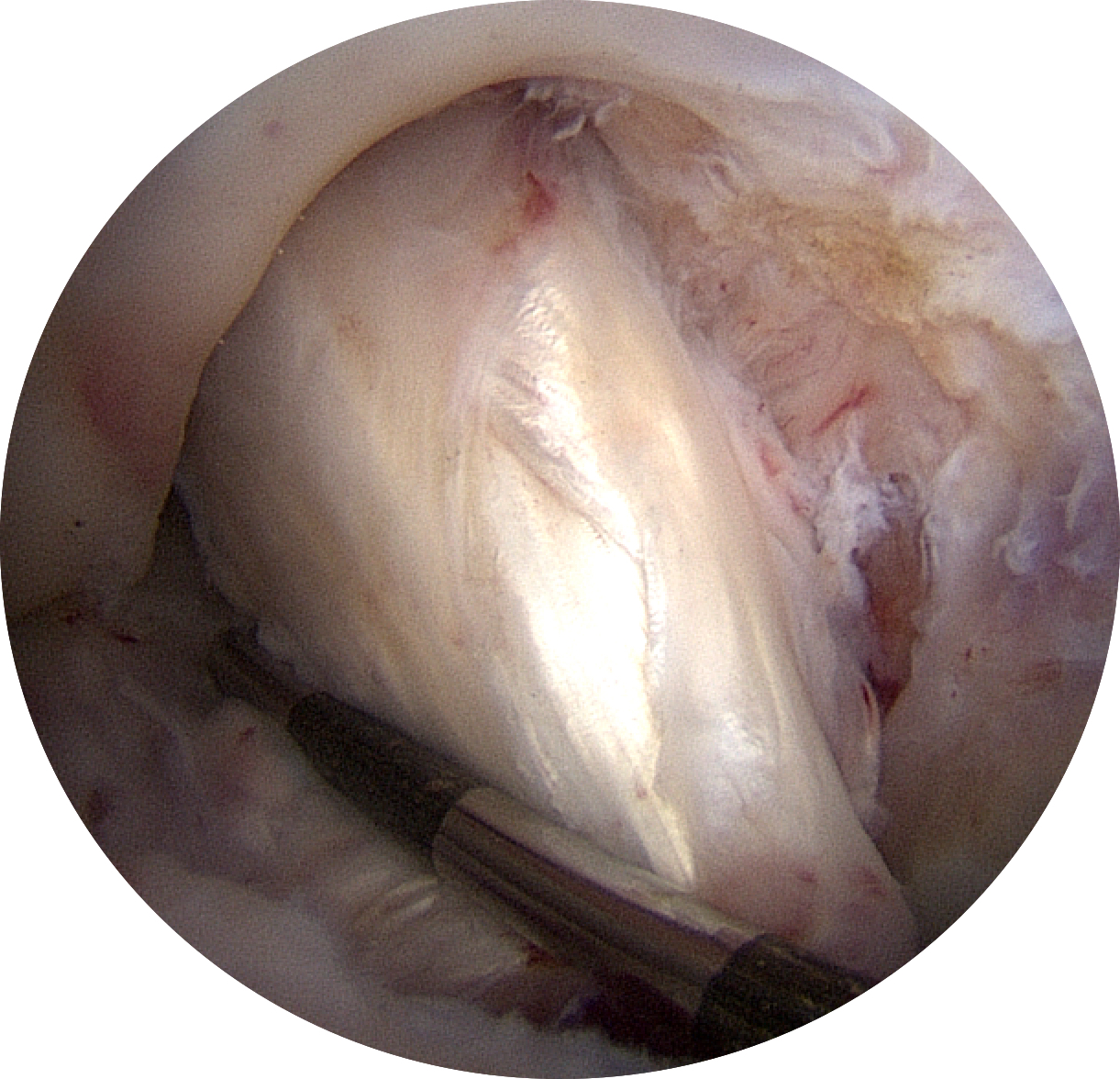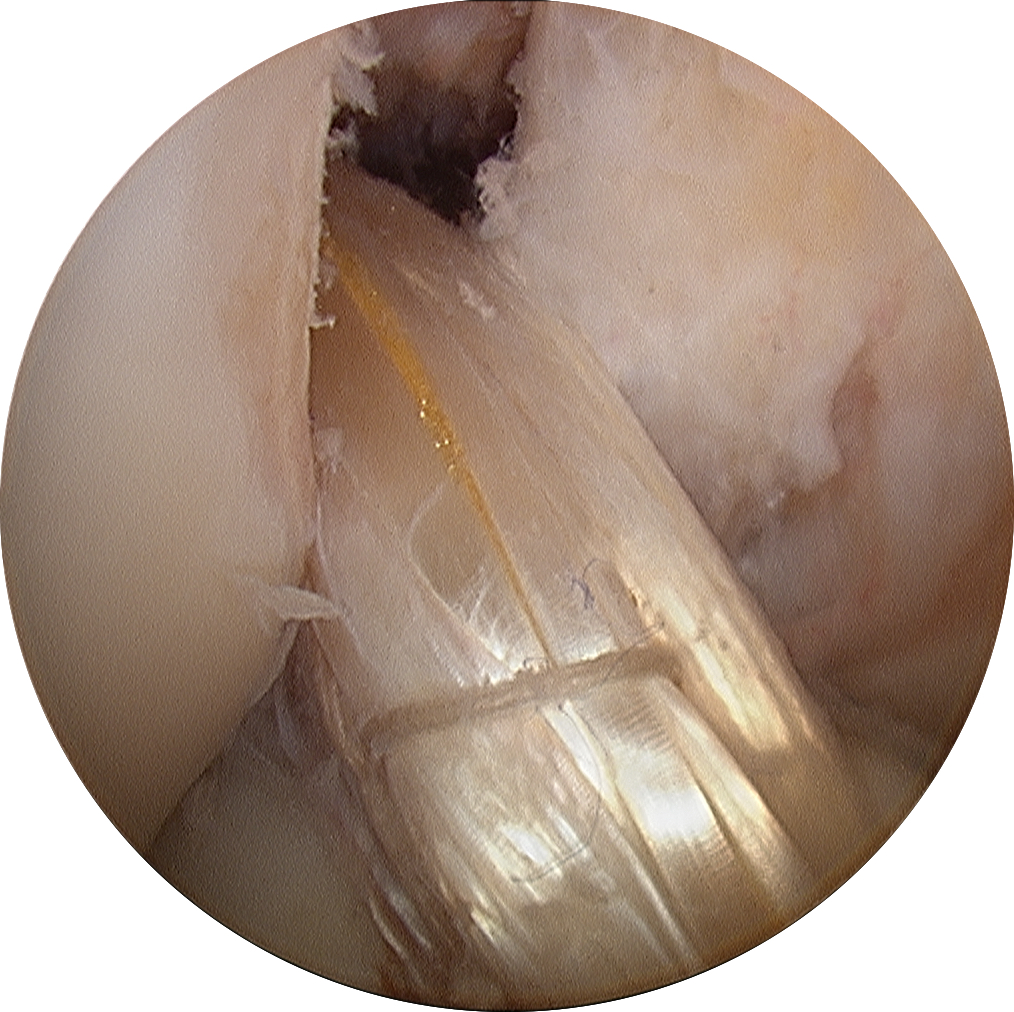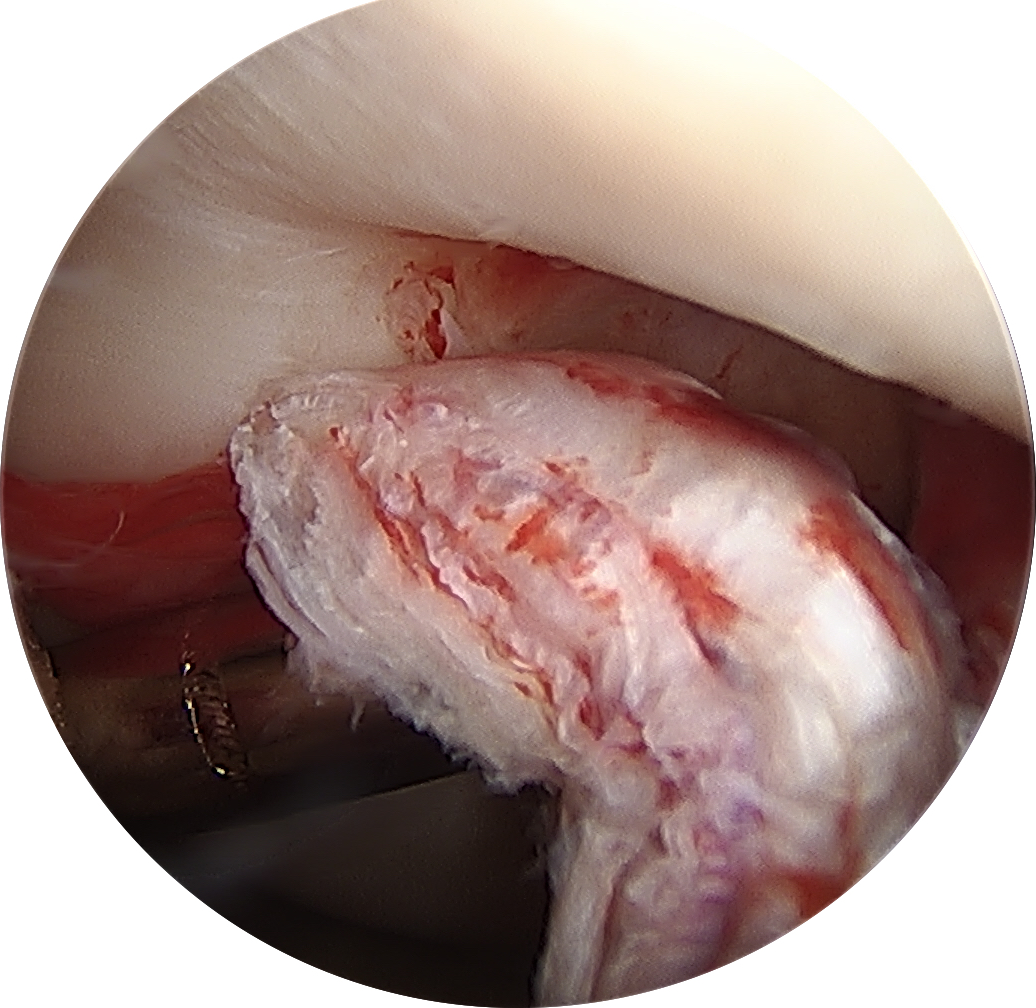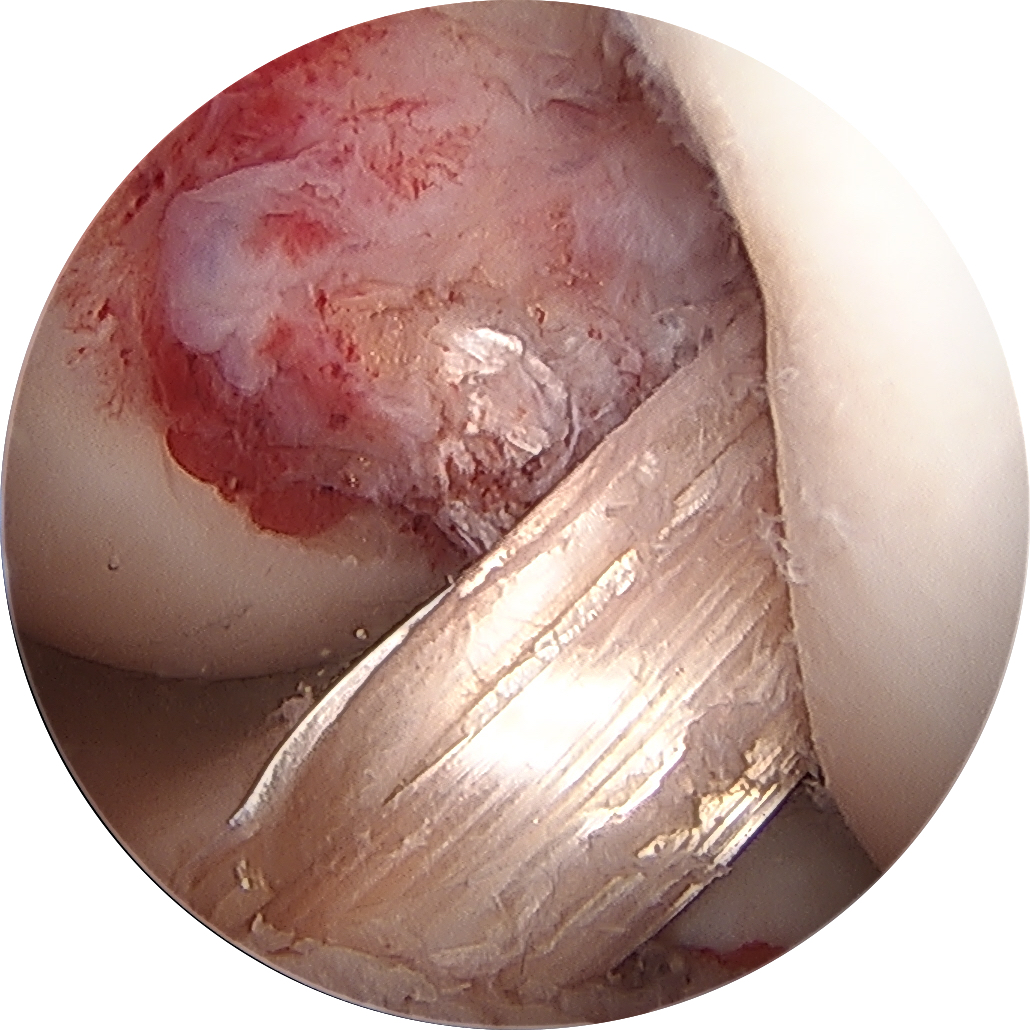ACL Graft At 0 + 16 Weeks
/The graft looks good....but is it ready for the patient to return to soccer?
Graft healing is an extremely complex process influenced by many variables (type of graft used, method of graft fixation + tensioning, graft motion, etc). Shockingly, during the healing process, the ACL graft tissue gradually weakens with decreased structural properties and the graft is most vulnerable at 6-7 weeks after surgery and the graft never returns to its original strength at the time of implantation!
This is why, it's important to follow your surgeons PT protocol, they know when the graft can endure more stress. No matter how good you feel or how ready you think you might be, your surgeon has a specific timeline that allows for return to running, jumping, athletics, etc. The recovery timeline is based on the biology of the graft...not how it looks on MRI, how it feels on exam or how ready you feel! Be patient...it's in your knees best interest!
















